Cross docking
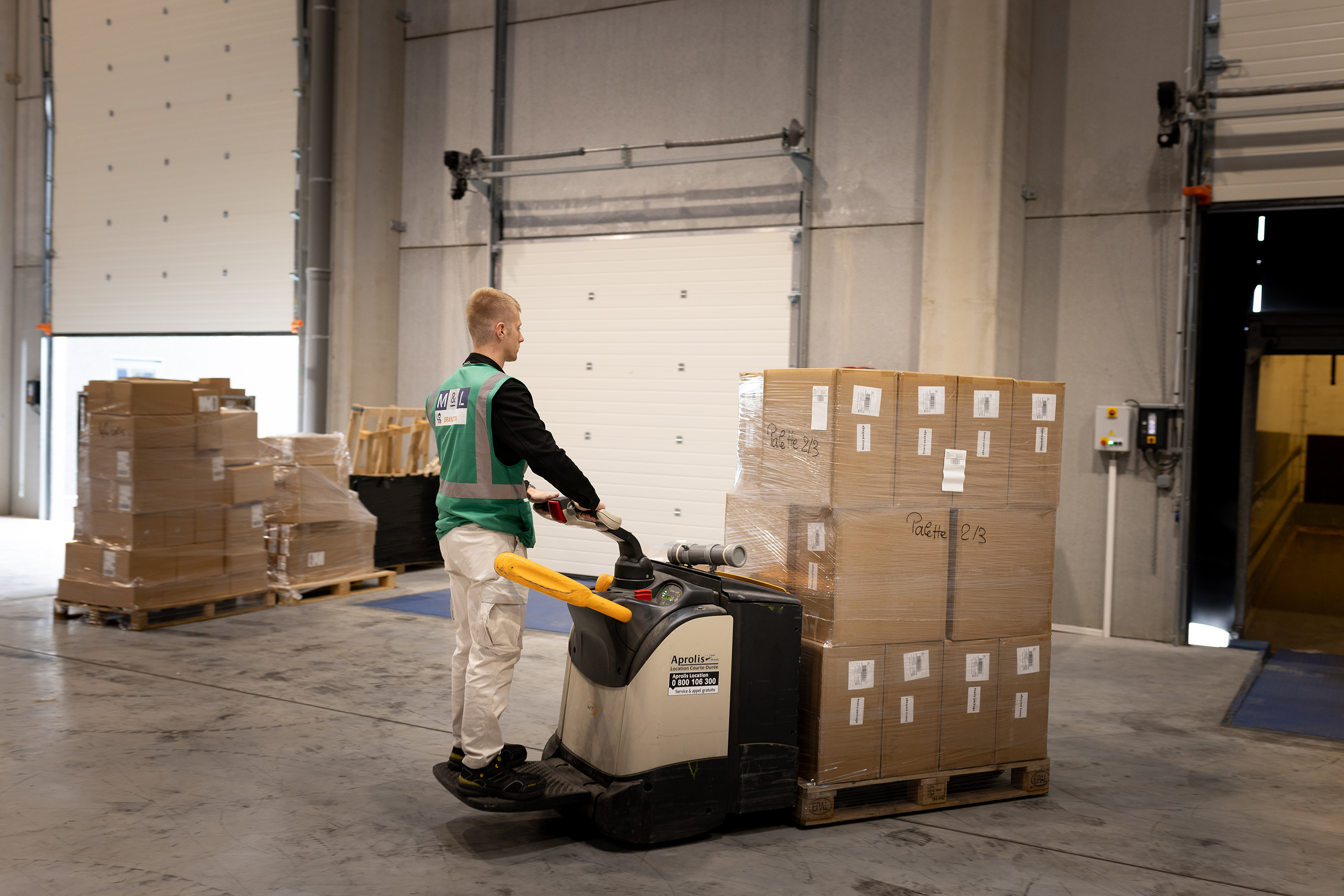

Cross Tracking: the ideal solution for managing your urgent logistic flows.
The world of supply chain and logistics is constantly evolving, always seeking ways to optimize and streamline the flow of goods. "Nom du site," rooted in the heart of the strategic ports of Calais, Boulogne-sur-Mer, and Dunkirk, positions itself as a key player in this transformation by employing the cross-docking method. But what exactly does it involve?
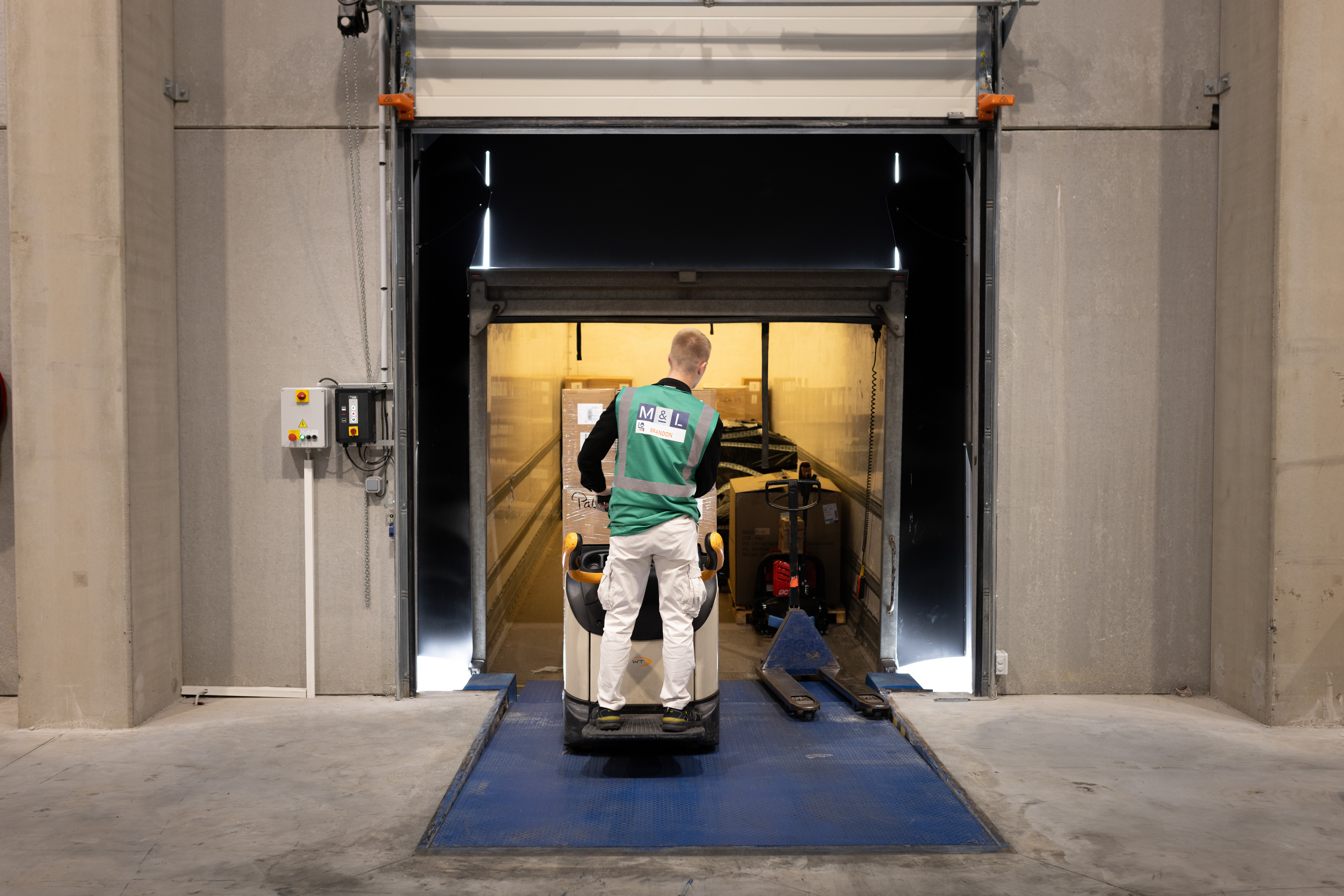
Cross Docking: What is it?
Cross-docking is a logistics management method that involves receiving goods at a central point (such as a warehouse or distribution platform) and immediately transferring them to another mode of transportation, often a delivery truck, without extended storage. The primary goal of cross-docking is to speed up the distribution process by minimizing or eliminating the need for temporary storage.
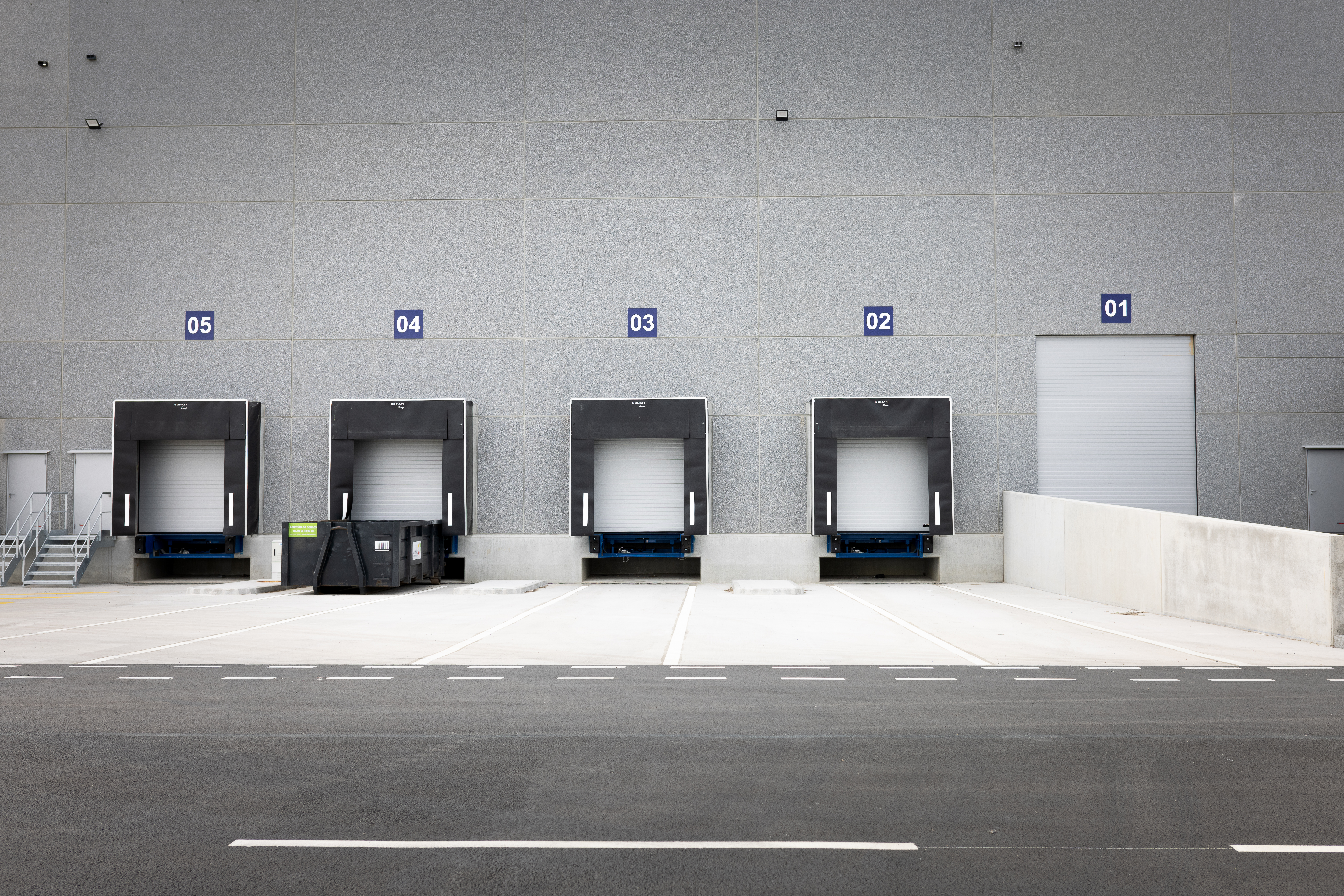
Steps of Cross Docking:
The cross-docking process unfolds in several well-defined stages, ensuring that goods are handled swiftly and efficiently:
- Receipt: Goods are initially delivered to our platform, whether it be in Calais, Boulogne-sur-Mer, or Dunkirk.
- Sorting and Routing: Upon receipt, the goods are sorted and directed to the appropriate outbound dock.
- Transhipment: They are then directly transhipped onto the next delivery vehicle without delay and without going through the storage step.
- Delivery: The goods are sent to their destination location, whether it be a warehouse, a store, or any other point of sale.
These stages, although seemingly straightforward, require precise coordination and logistics to ensure a smooth process. With our expertise and infrastructure, we implement these different stages and ensure that each step is executed with unbeaten precision.
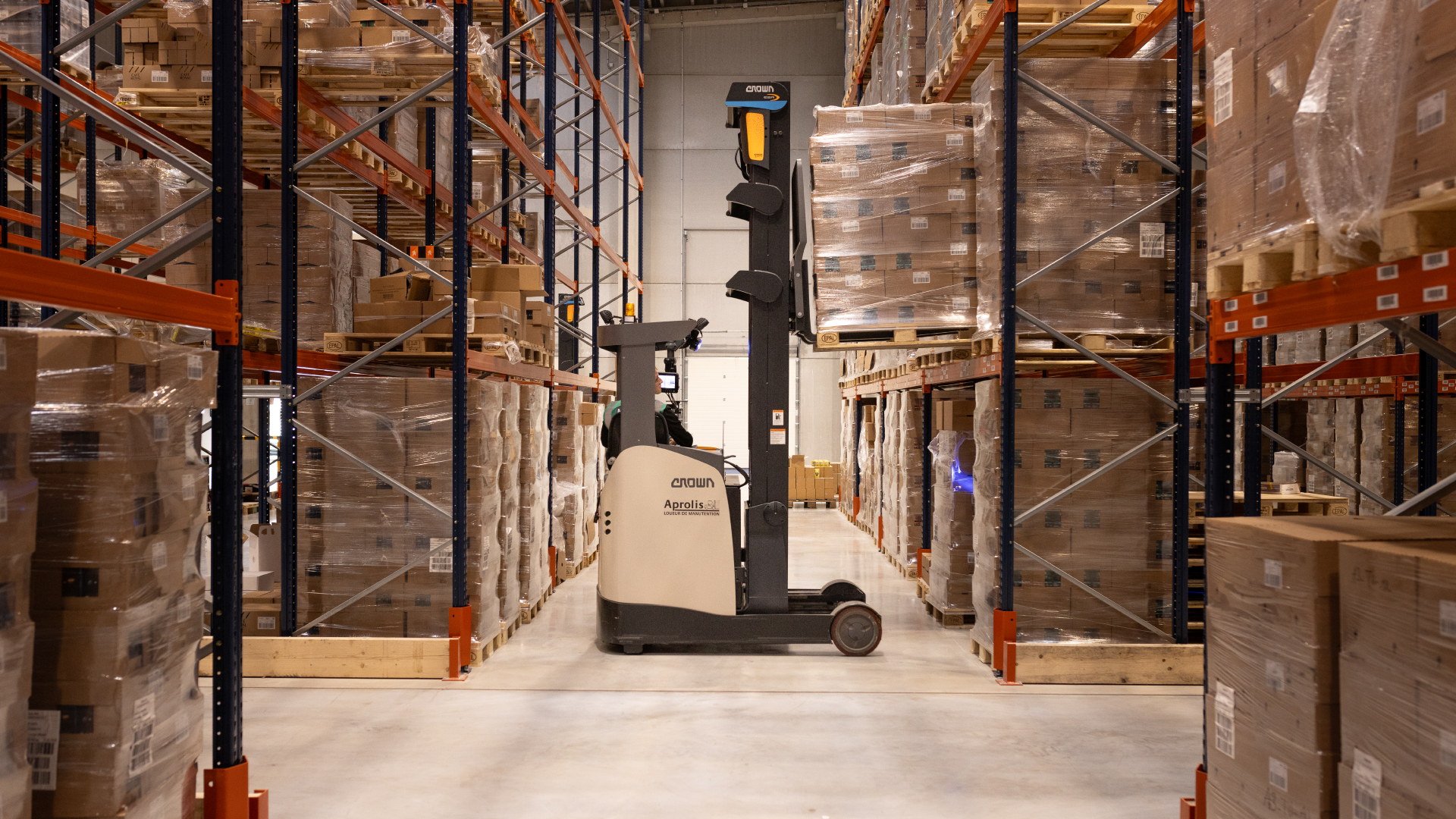

The different types of Cross Docking:
Cross docking can take various forms, each adapted to specific needs. Here are the main types that we can implement within our platform:
- Direct Cross Docking (or Pre-distributed Cross Docking): In this form, goods arrive pre-sorted for each destination and are directly transhipped to the delivery vehicle without any additional sorting needed at the platform. This is the fastest approach to cross docking.
- Indirect Cross Docking (or Consolidated Cross Docking): Here, goods from multiple suppliers arrive at the platform and are then sorted and consolidated based on their destination. They are then routed to the appropriate delivery vehicles to be sent to the end customer.
- Mixed Cross Docking (or Hybrid Cross Docking): As the name suggests, this form combines elements of the two previous types. Some goods may be pre-sorted, while others require sorting or consolidation at the platform. It combines order picking with freshly received products and goods in stock. This method requires precise implementation and rigorous coordination to ensure effective management. This approach is often used when distribution needs are diverse.
These different methods allow for maximum flexibility, enabling us to meet the specific requirements of each customer. Each type of cross docking is suitable for a particular need. Whether you need a quick solution with pre-sorted products or consolidation of goods from different suppliers, "Nom du site" has the expertise and resources to manage it efficiently.
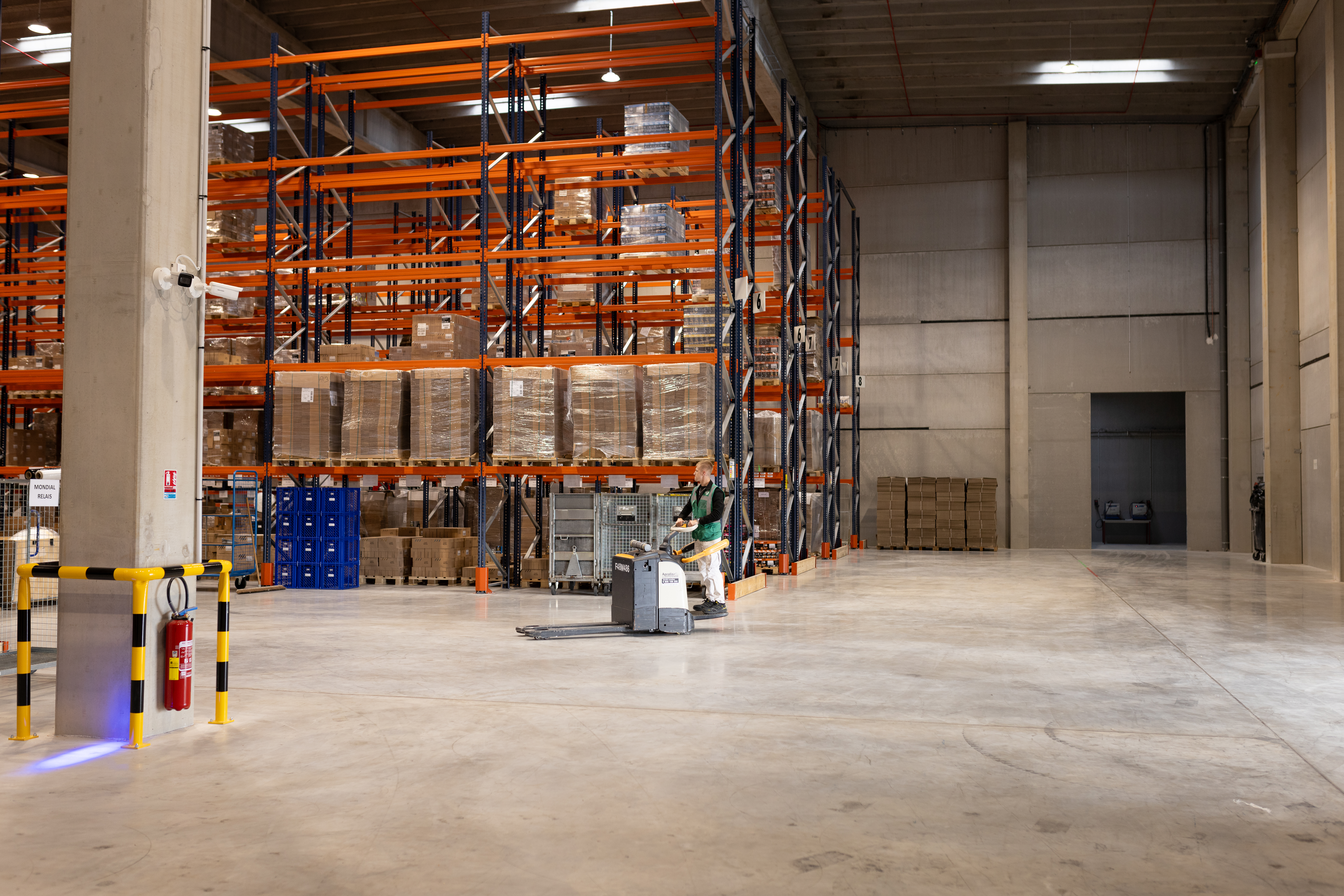
Advantages of Cross Docking:
Cross docking offers several significant advantages for businesses:
- Reduce storage and labor costs: Eliminating the need to store goods for extended periods, cross docking reduces both storage and labor costs, resulting in significant savings.
- Accelerate the delivery process: Goods can quickly move from a receiving truck to a delivery truck, reducing waiting times and delivery delays, thereby speeding up the overall delivery process.
- Enhance overall logistics efficiency: Cross docking contributes to improving the overall efficiency of the logistics chain.
By adopting this approach, businesses can respond more rapidly to market demands while maintaining competitiveness in a demanding economic environment.
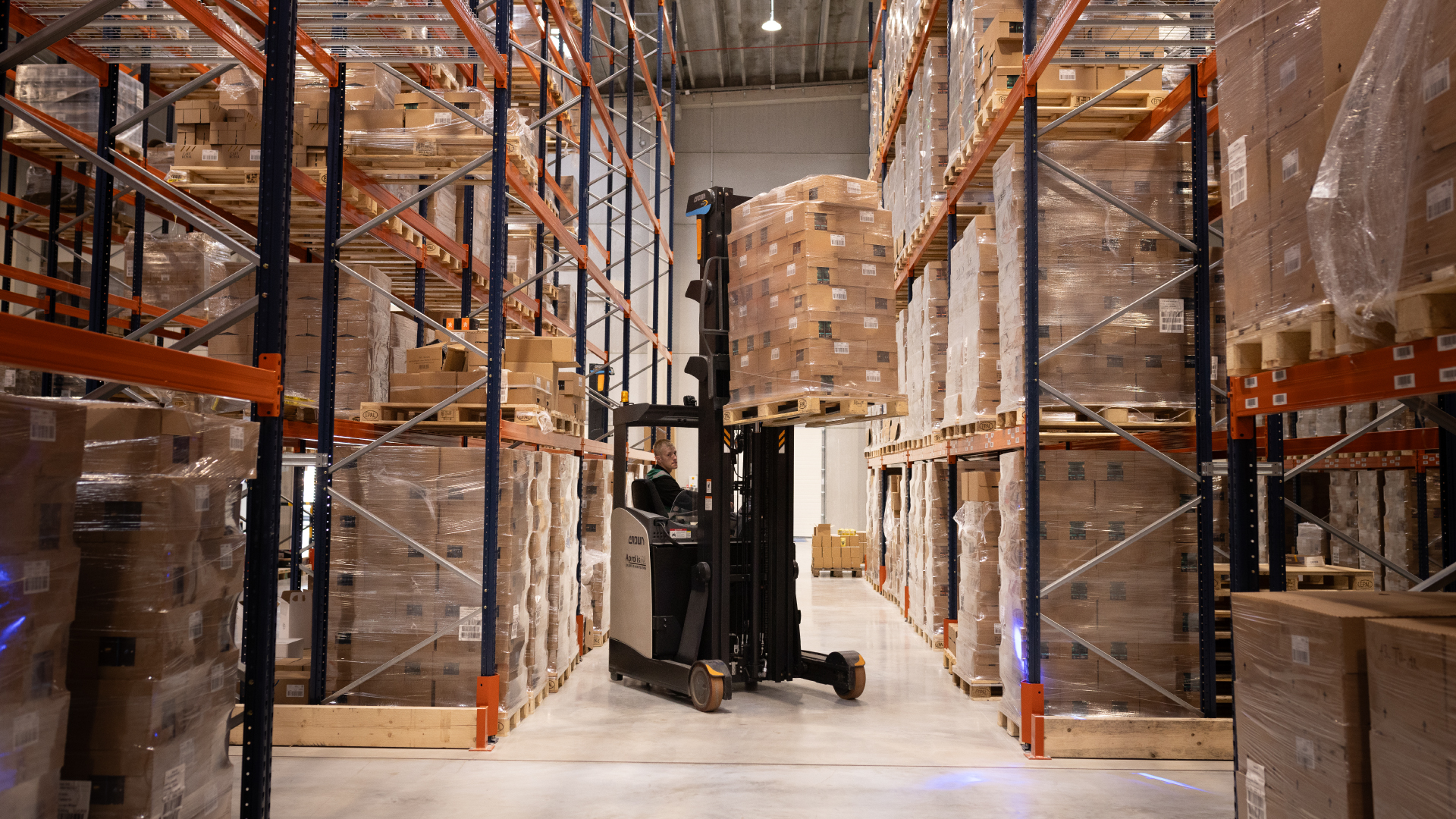
Why reducing storage time?
Minimizing storage time is not only a matter of costs, although costs play a crucial role. It's also a matter of efficiency. By avoiding unnecessary storage and preparation operations, we can process urgent orders within record time, ensuring that market demands are met quickly and accurately.
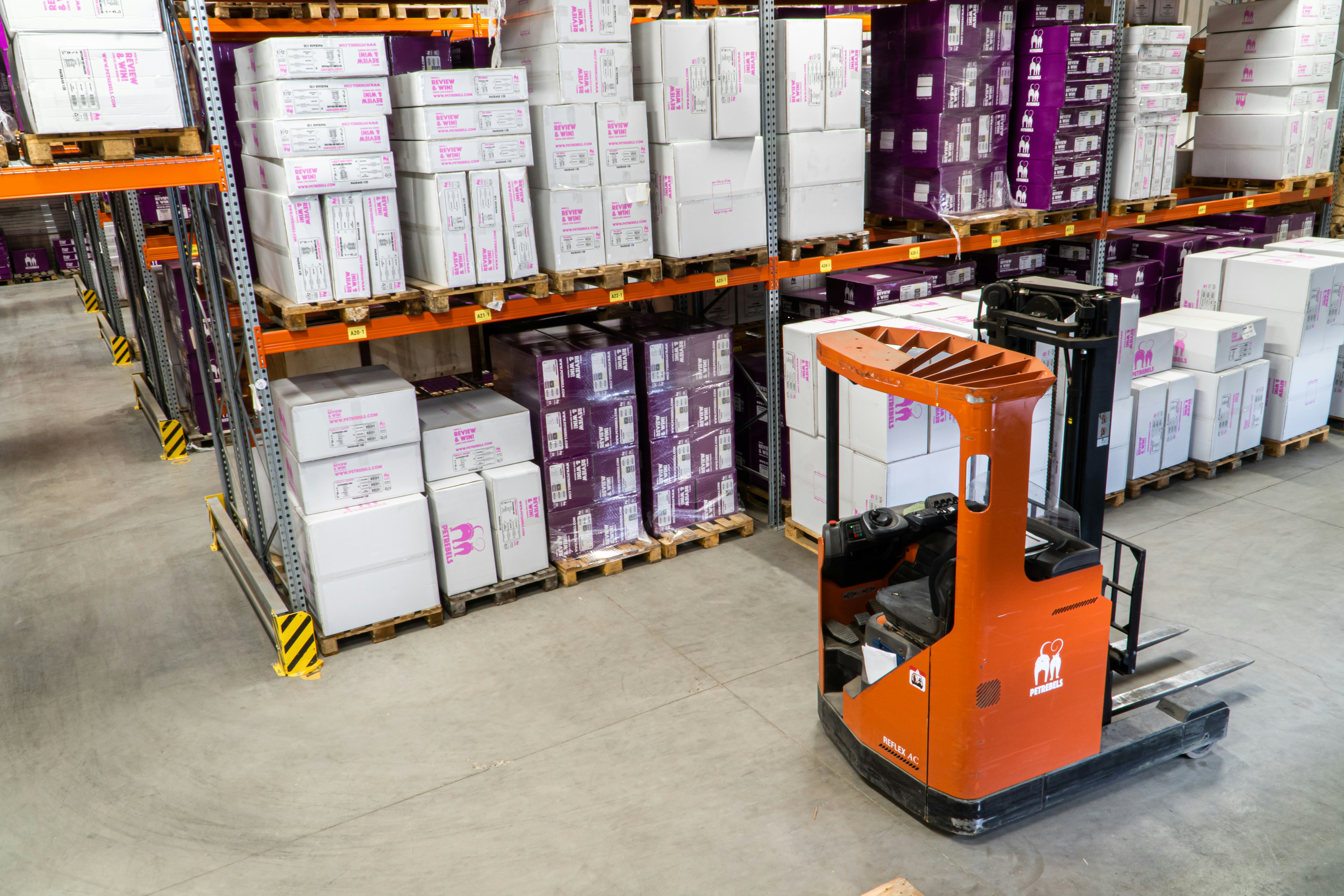
In what context to use cross docking?
Reducing storage time is a crucial strategy for several reasons, and cross docking is a preferred solution to achieve this goal. Here's why this method proves particularly advantageous in certain contexts:
- Large Volume of Goods: When a company handles a substantial volume of products, storage can quickly become a constraint in terms of space and costs. Cross docking facilitates the handling of large volumes by ensuring a continuous flow, thus avoiding congestion and excessive use of storage space.
- Expiry Date: For perishable products or those with a close expiry date, time is a crucial factor. Cross docking minimizes the time between receipt and distribution, ensuring that these products reach the consumer in their optimal condition.
- Order Peaks: During periods of high demand, cross docking efficiently manages order peaks by accelerating delivery and quickly responding to market needs.
- Bulky Items: For cumbersome products that require a considerable storage space, cross docking is a boon. By avoiding prolonged storage of these items, space is freed up, and storage costs are optimized.
Moreover, operations are reduced to the bare minimum: no unnecessary storage, no preparation operations. Urgent orders are processed promptly.
At "Nom du site," thanks to our strategic positioning at the ports of Calais, Boulogne-sur-Mer, and Dunkirk, we make every effort to ensure a rapid, secure, and optimized transition of your goods.